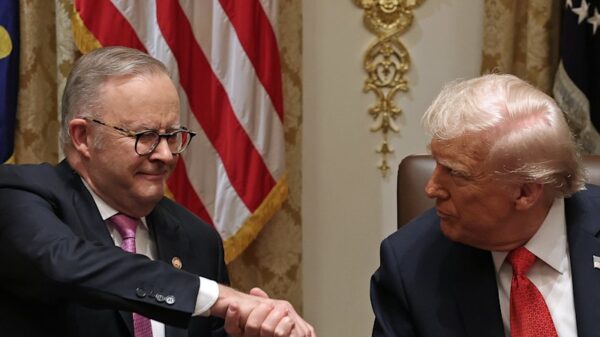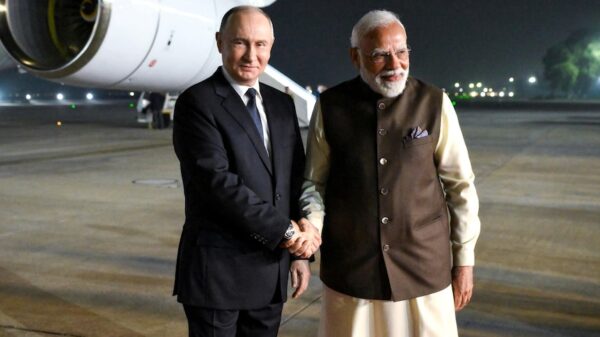India’s refiners are poised to reduce their purchases of Russian oil in response to escalating U.S. tariffs. As of August 27, 2023, the United States will impose a 50% tariff on Indian goods, a move linked to India’s ongoing imports of Russian crude. This shift signals an attempt by Indian refiners to navigate the complex geopolitical landscape while remaining economically viable.
According to sources familiar with the matter, both state-owned and private refiners, including **Reliance Industries** and **Nayara Energy**, are expected to book between **1.4 million barrels per day (bpd)** and **1.6 million bpd** of Russian crude for October loading. This represents a decrease of up to **400,000 bpd** compared to the average imports of **1.8 million bpd** seen during the first quarter of 2023.
While this reduction may appear to be a concession to U.S. pressure, it also reflects Indian refiners’ commitment to sourcing cheaper crude. Despite facing tariffs, Indian state refiners have turned to the spot market to secure Russian oil, capitalizing on deepening discounts for Moscow’s crude grades.
U.S.-India Trade Relations Strain
The decision to cut Russian oil imports comes amid strained U.S.-India trade relations. The Trump Administration has singled out India for punitive measures due to its Russian crude purchases. Notably, major state-owned refiners, including **IndianOil** and **BPCL**, halted spot purchases for October loading shortly after the announcement of an additional **25% tariff** related to Russian imports.
Despite these challenges, India and Russia have strengthened their strategic partnership through high-level discussions and visits, emphasizing their ongoing collaboration in the energy sector. This indicates that India remains committed to acquiring Russian crude despite external pressures.
According to **Ivan Mathews**, Head of APAC Analysis at energy analytics firm **Vortexa**, India is likely to see an increase in crude arrivals in the coming months. Mathews noted that demand in India is expected to rise in September and October, driven by higher inflows of Russian crude. He stated, “We expect refineries in India to continue processing Russian oil, as their feedstock procurement decisions are mainly economics-driven.”
As the situation evolves, the balance between geopolitical pressures and economic imperatives will play a crucial role in shaping India’s oil import strategy. With the U.S. tariffs looming, Indian refiners will need to navigate these challenges carefully while maintaining access to affordable crude supplies.































































